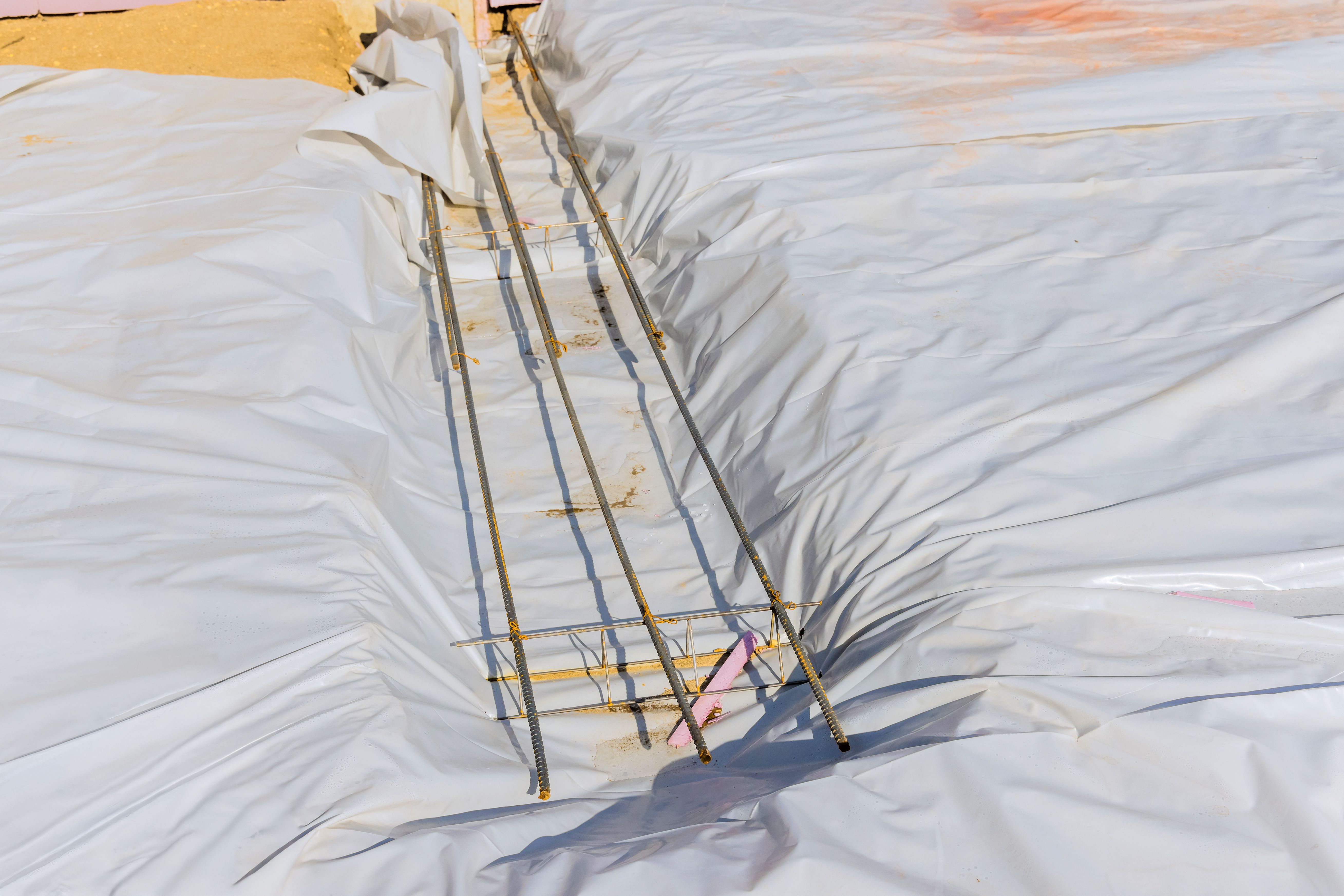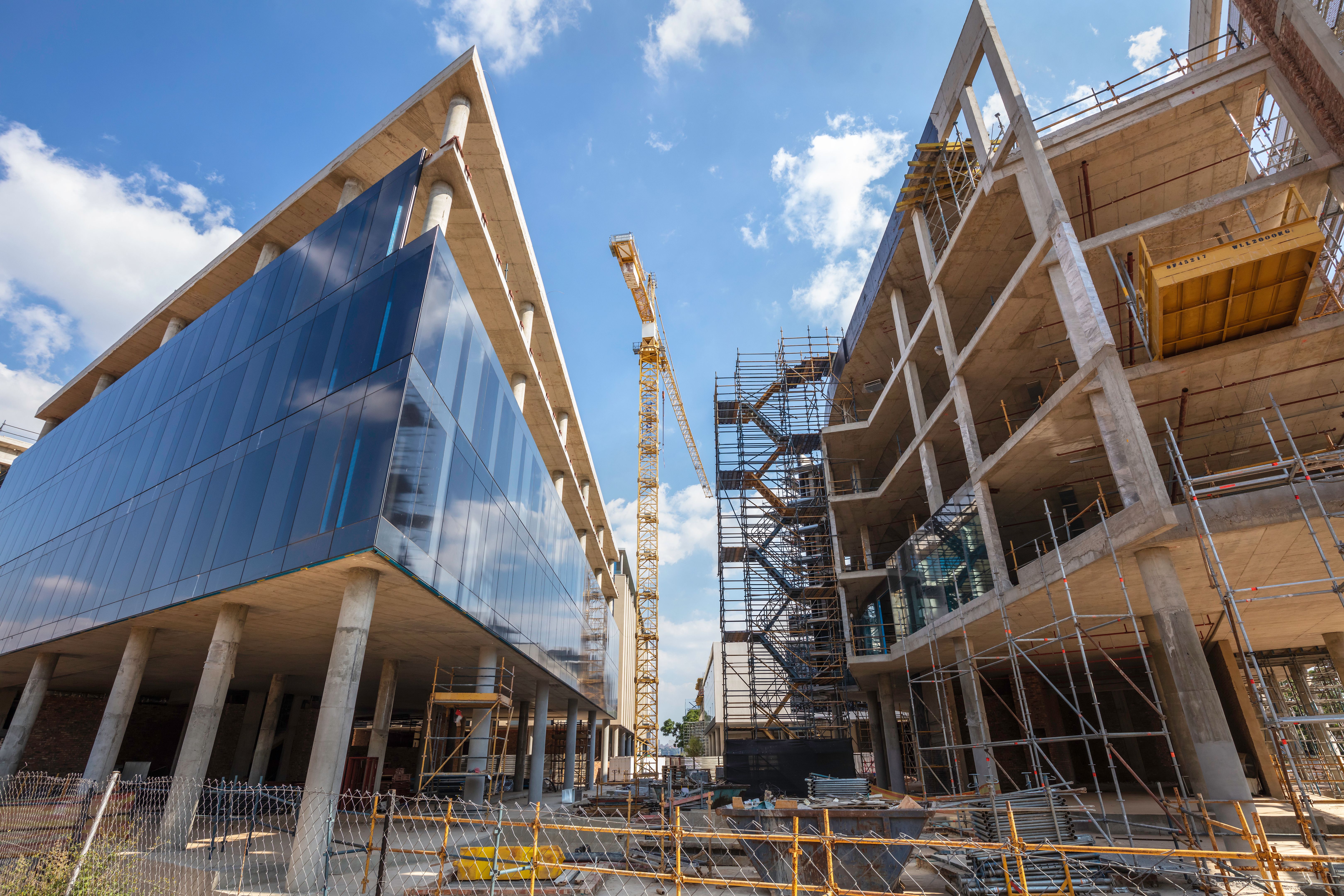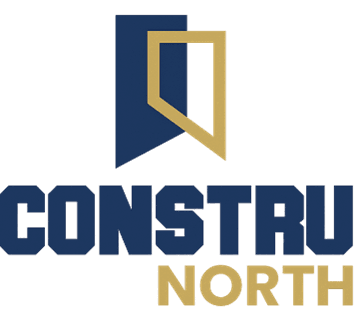The Importance of Vapor Barriers in Concrete Pouring
Understanding Vapor Barriers
Vapor barriers play a crucial role in concrete pouring, acting as moisture-resistant layers that prevent water vapor from penetrating the concrete slab. Without proper vapor barriers, moisture can seep through, leading to potential damage and compromising the structural integrity of the building.

The Role of Vapor Barriers in Construction
In the construction industry, maintaining optimal moisture levels is essential. Vapor barriers help in controlling these levels by providing a line of defense against ground moisture. This protection is vital for ensuring the durability and longevity of the concrete structure.
Vapor barriers are typically made from materials like polyethylene, which are known for their moisture-resistant properties. By placing these barriers beneath the concrete slab, builders can effectively safeguard against moisture-related issues.
Benefits of Using Vapor Barriers
The advantages of using vapor barriers in concrete pouring are numerous. One of the most significant benefits is the prevention of mold and mildew growth, which can occur if moisture is allowed to penetrate the concrete. Additionally, vapor barriers help in maintaining indoor air quality by keeping dampness at bay.

Installation Best Practices
Proper installation of vapor barriers is key to their effectiveness. Here are some best practices to follow:
- Ensure the ground surface is smooth and free from debris before laying the barrier.
- Overlap the seams by at least six inches to ensure full coverage.
- Seal the joints with appropriate tape to prevent any moisture ingress.
Common Mistakes to Avoid
While vapor barriers are beneficial, improper installation can lead to issues. One common mistake is using barriers with inadequate thickness, which may not provide sufficient protection. Another error is failing to secure the seams properly, allowing moisture to seep through.

The Impact on Long-term Durability
When installed correctly, vapor barriers significantly enhance the long-term durability of concrete structures. They help in preventing structural damage caused by moisture, thereby reducing maintenance costs and extending the lifespan of the building.
Moreover, vapor barriers contribute to energy efficiency by minimizing the potential for damp-related heat loss.
Conclusion
Incorporating vapor barriers in concrete pouring is essential for protecting the structural integrity of buildings. By preventing moisture-related issues, these barriers ensure that constructions remain sturdy and durable for years to come. Builders and contractors must prioritize the correct installation of vapor barriers to reap their full benefits.

